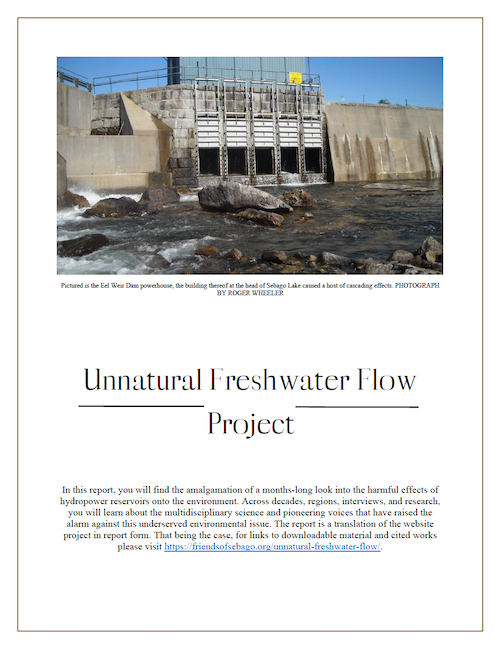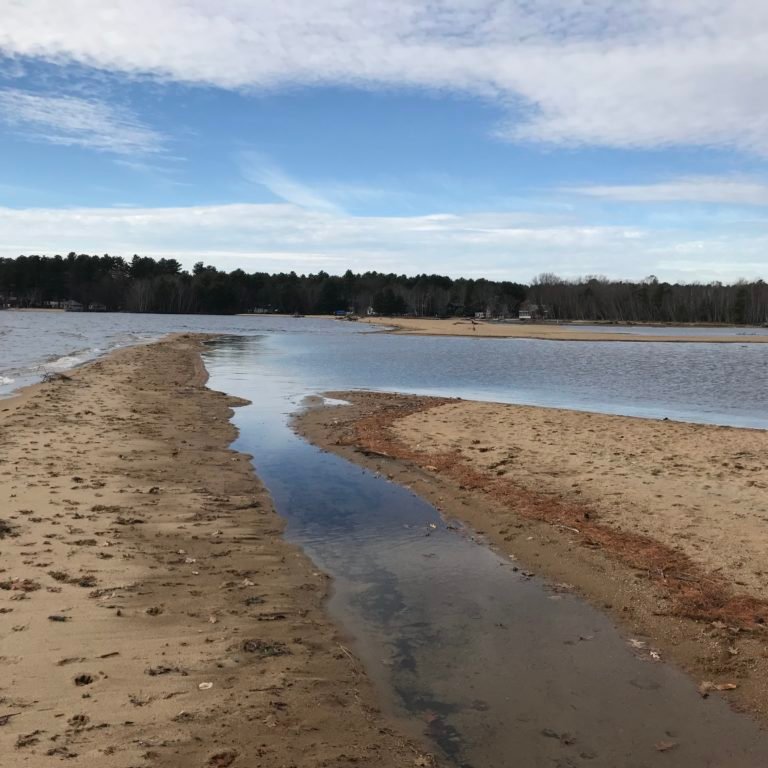This Primer focuses on winter domes of moisture emissions (DOMEs) created by
Arctic mega power stations (AMPSs) on rivers in the Barent Sea’s Kola Peninsula and
the Kara Sea’s watershed in central Siberia between latitude 50 to 70 degrees North.
Rivers upon which AMPSs have been built experience much greater flows of relatively
warm water during the winter compared to rivers in their natural frozen state. The
colossal reservoirs of these AMPSs absorb the solar radiation that, for the first time
ever, through human hydrologic engineering causes “positive feedbacks” releasing vast
volumes of water vapor, a powerful greenhouse gas. The evaporation, from these
warmer regulated waters, downstream from the dams, interacts 24/7 with the arid frigid
air to produce winter DOMEs. This same phenomena occurs naturally over the Great
Lakes in late fall and early winter when there are large temperature differences between
the relatively warm surface lake water and the very arid cold air in conjunction with
strong winds. In order to maximize a river’s potential hydropower, multiple hydropower
plants (HPPs) have been built downstream of the AMPS. Evaporation from each of
these run of the river HPPs creates additional summer and winter DOMES amplifying
the greenhouse effect. Even though the Soviets announced in 1949 their hypothesis to
use hydroelectric reservoirs to moisten the air to warm Siberia, the Arctic climate
changing impacts of these Russian AMPSs and HPPs have historically not been well
documented or recognized by the scientific community.



